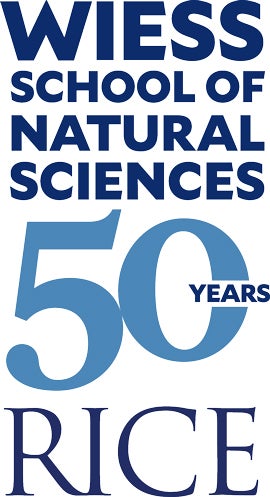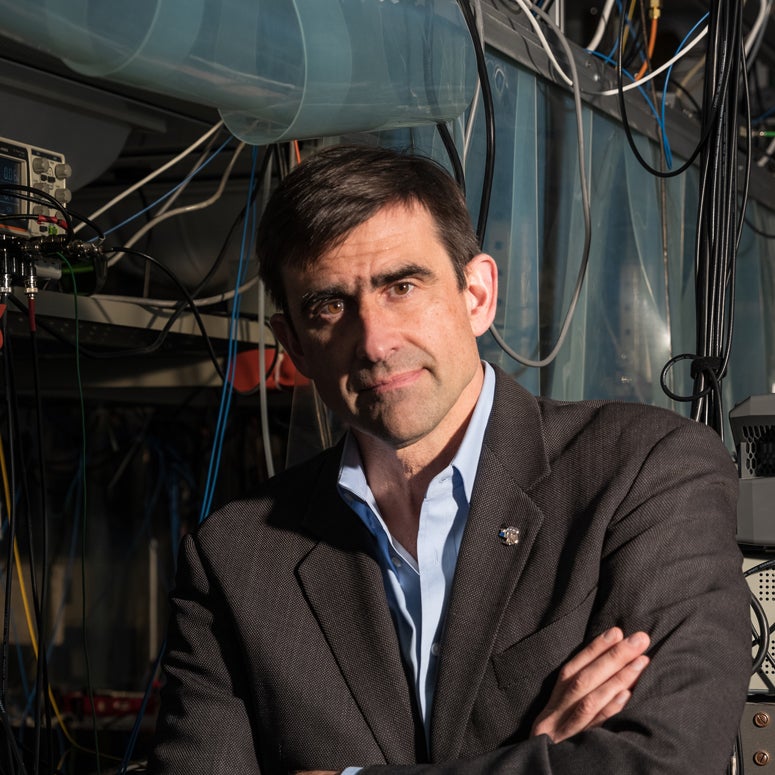
Thomas Killian is exploring a “frontier of cold” here at Rice University. No, he is not hiking through the Antarctic or climbing icy mountain peaks, but rather researching ultracold atomic physics. As Dean of the Wiess School of Natural Sciences and the E. Dell Butcher Professor of Physics and Astronomy, Killian works with matter cooled down to billionths of a degree above absolute zero. “When atoms are this cold, they become sensitive to smaller effects and other phenomena that you would never see at higher temperatures,” he explained.
One fascinating state of matter that can be formed at these extremely cold temperatures is a Bose-Einstein condensate. At such low temperatures, large numbers of gaseous atoms can be forced into a single quantum state. These atoms then act like a single object of macroscopic size, but still exhibit unique quantum behavior.
The work in the Killian group does not stop there. His group can then use precise laser technology to excite a single electron in one atom in the Bose-Einstein condensate such that it is barely bound in the atom. The orbit of the electron in such a highly excited atom — known as a Rydberg atom — is tremendously expanded in size. In fact, it is so large that portions of the surrounding Bose-Einstein condensate can actually sit inside the orbit. Studying the resulting interactions with the excited electron have opened new opportunities to study molecules and chemistry near absolute zero and provided a unique understanding of the behavior of Bose-Einstein condensates.
Killian's curiosity-driven exploration of ultracold systems focuses on understanding the fundamental physics at play, and it also provides insights that could one day help other researchers design new materials with useful properties. “If we understand more about how quantum mechanics works in systems of many particles, then we can design better materials,” he said.

Understanding how Bose-Einstein condensates and Rydberg atoms behave also paves the way for advancements in quantum computing, an emerging real-world application. “Rather than using binary code, quantum computers store information in quantum systems that can be in multiple states at the same time, described as a ‘quantum superposition.’ This offers a powerful parallelism for calculations, and Rydberg atoms are a promising platform to use,” Killian explained.

The drive to unravel the fundamental properties of our world serves as Killian’s main motivation for research. “Understanding complex quantum systems is a great intellectual challenge,” he said. “As human beings, we are wired to want to explore the world around us, and we get to do that every day as scientists. It is a great privilege.”
Killian is also grateful for the opportunity to collaborate with other Rice professors and the graduate and undergraduate researchers who conduct the experiments in his lab. He said collaboration is vital to continue to build upon past discoveries and advance our scientific understanding.
Rice has a long tradition of excellent, collaborative research in quantum science, and it continues to support this work through the Rice Advanced Materials Institute, which focuses on material properties, and the Smalley-Curl Institute, which houses quantum information research. While Houston can be hot, Rice University aspires to stay at the forefront of innovative quantum research into how nature behaves when it is ultracold.
-Sophia Straus ’28

